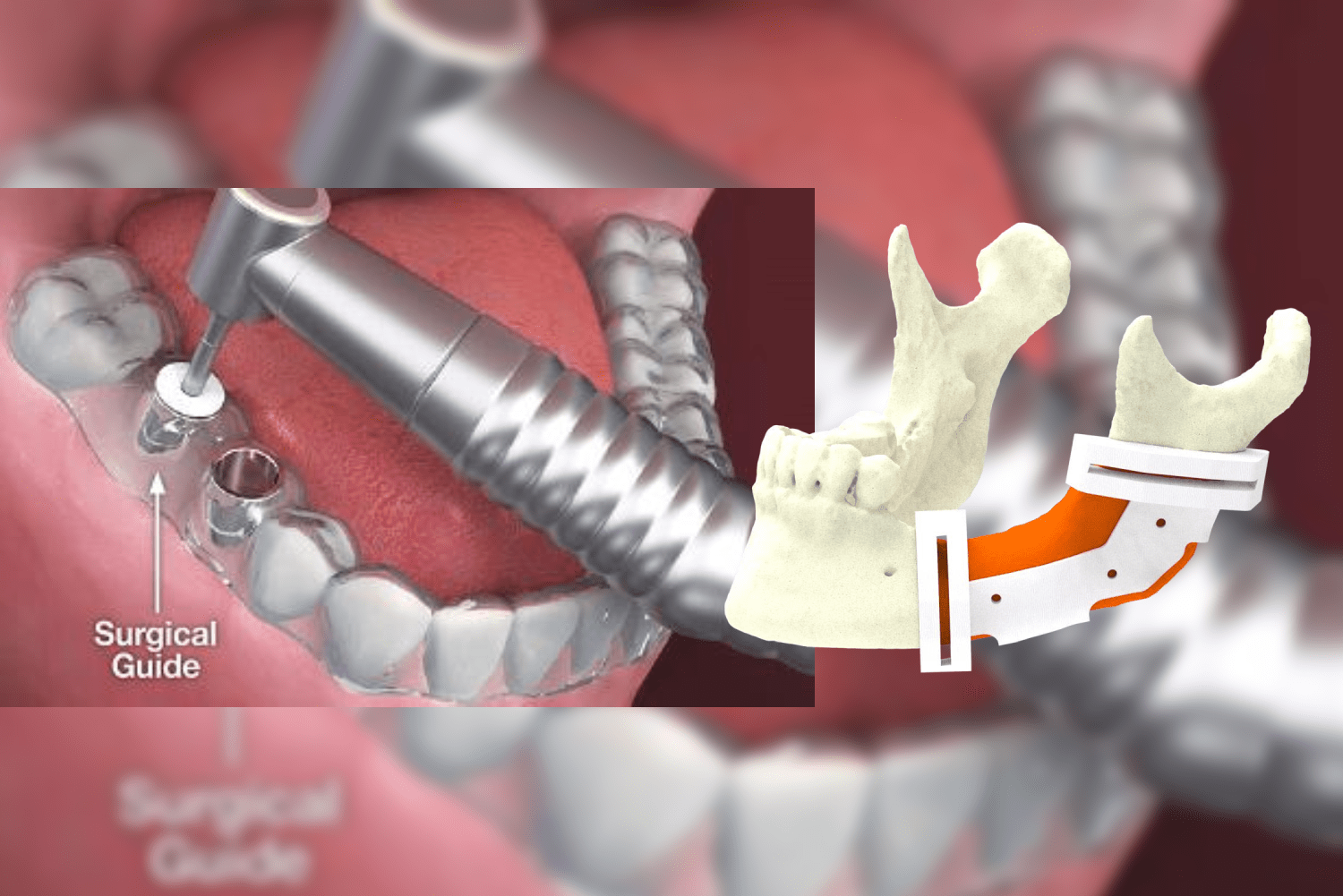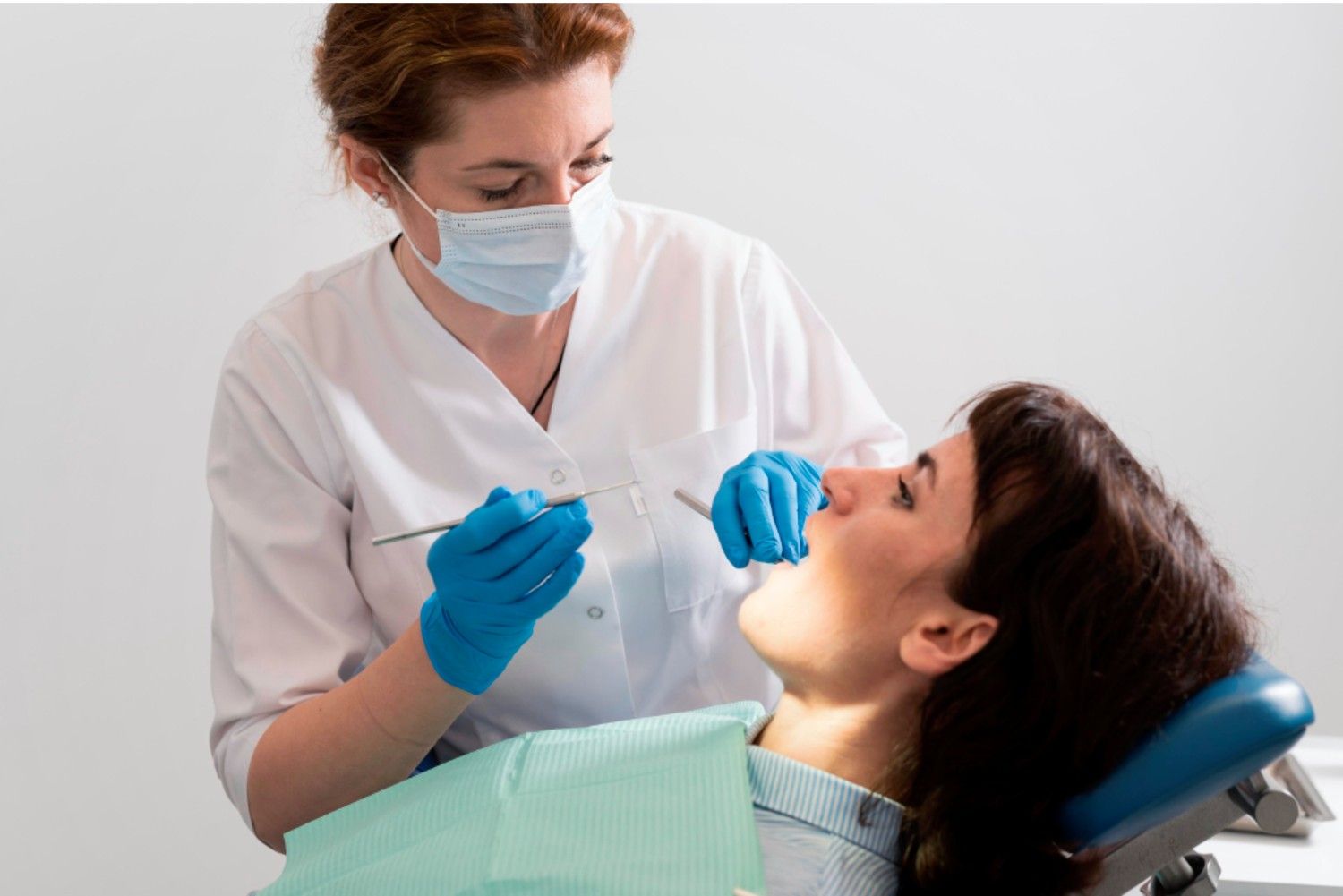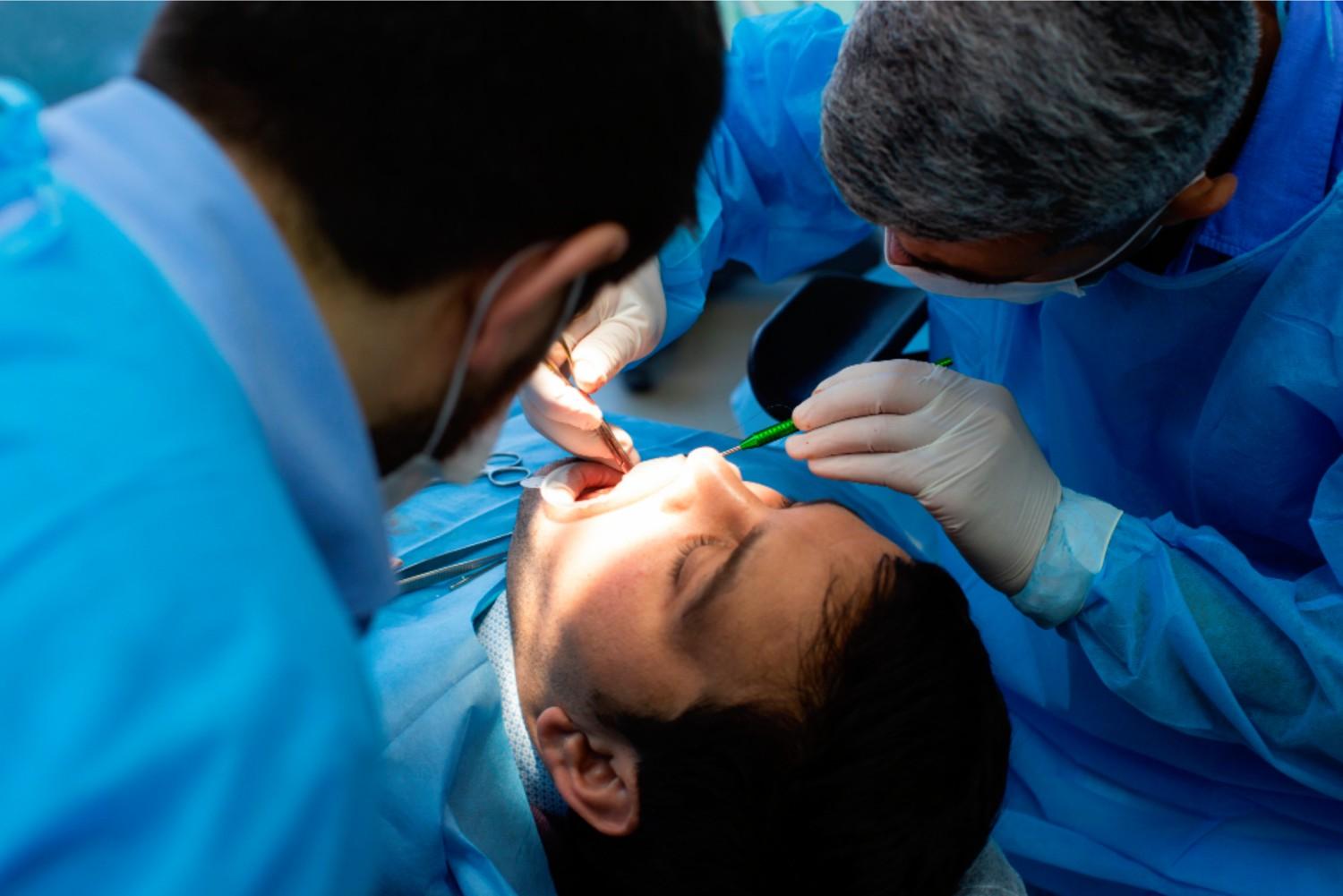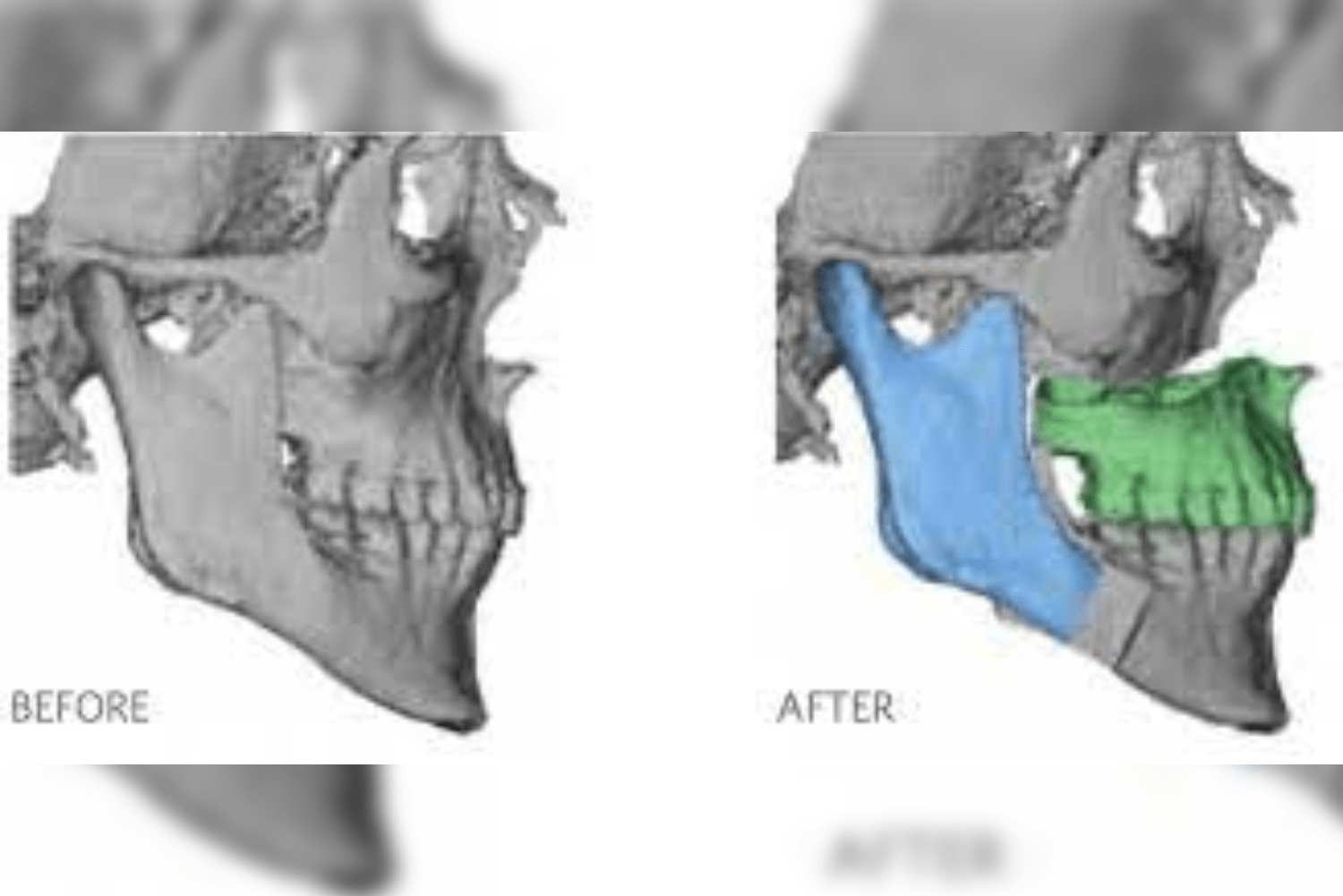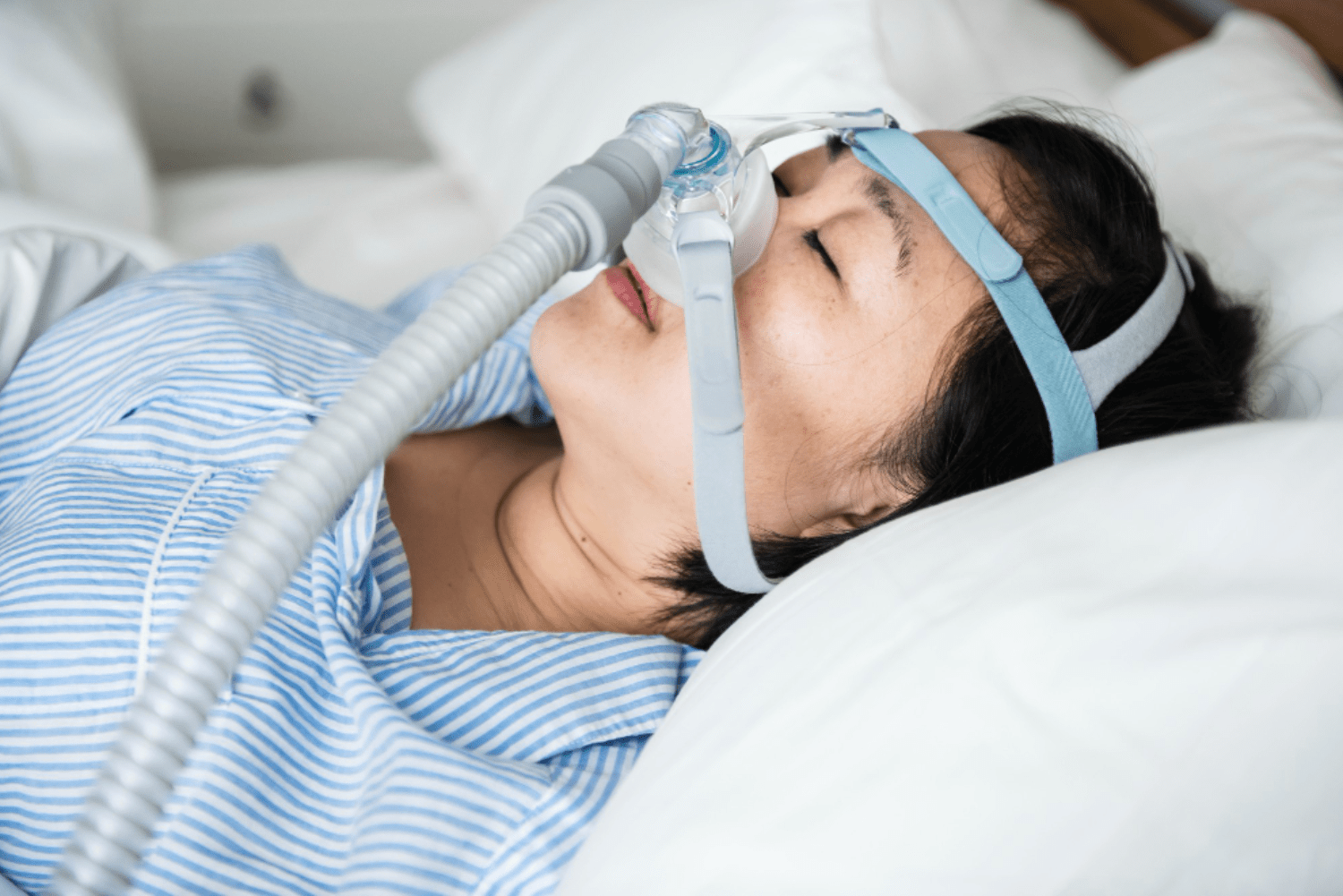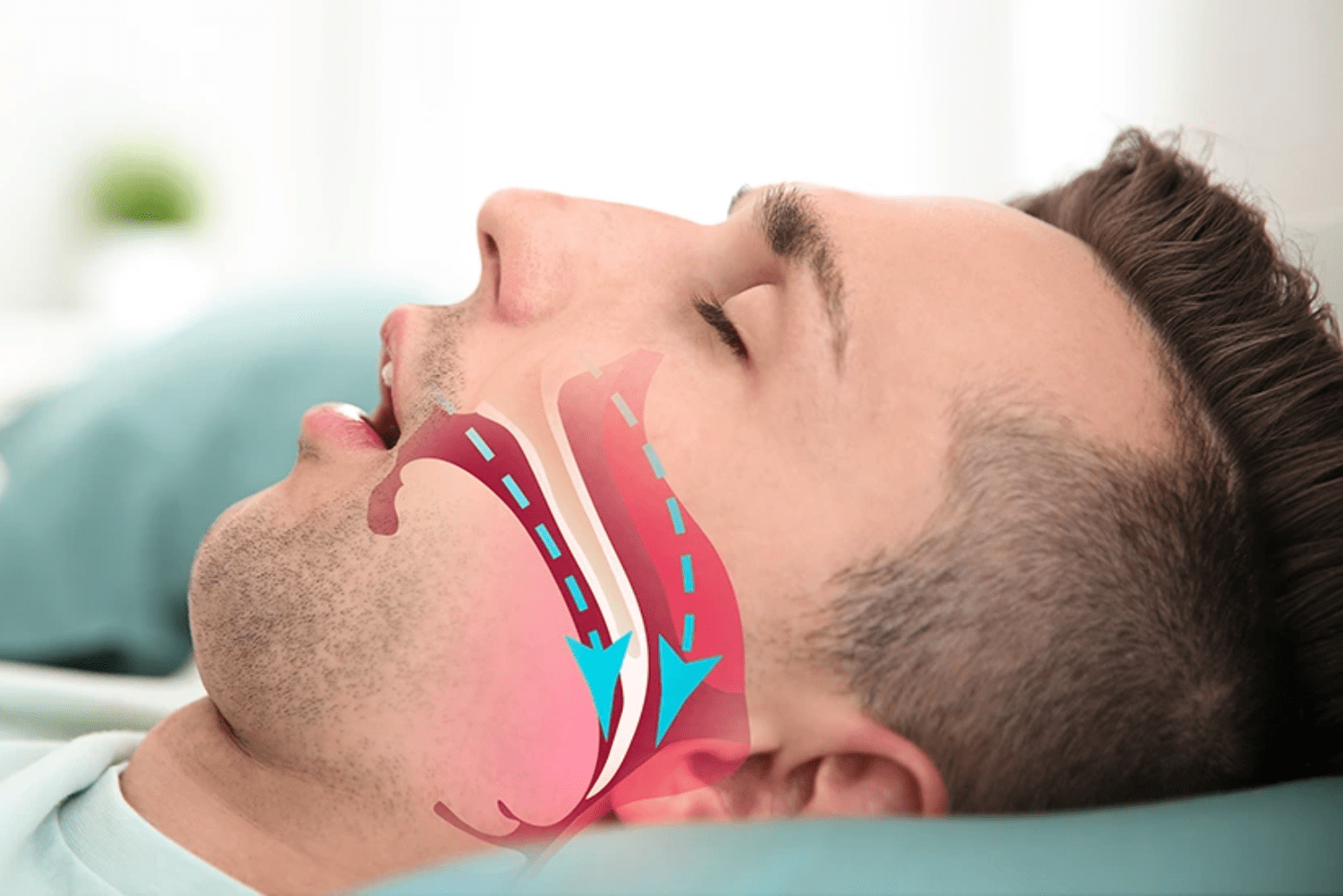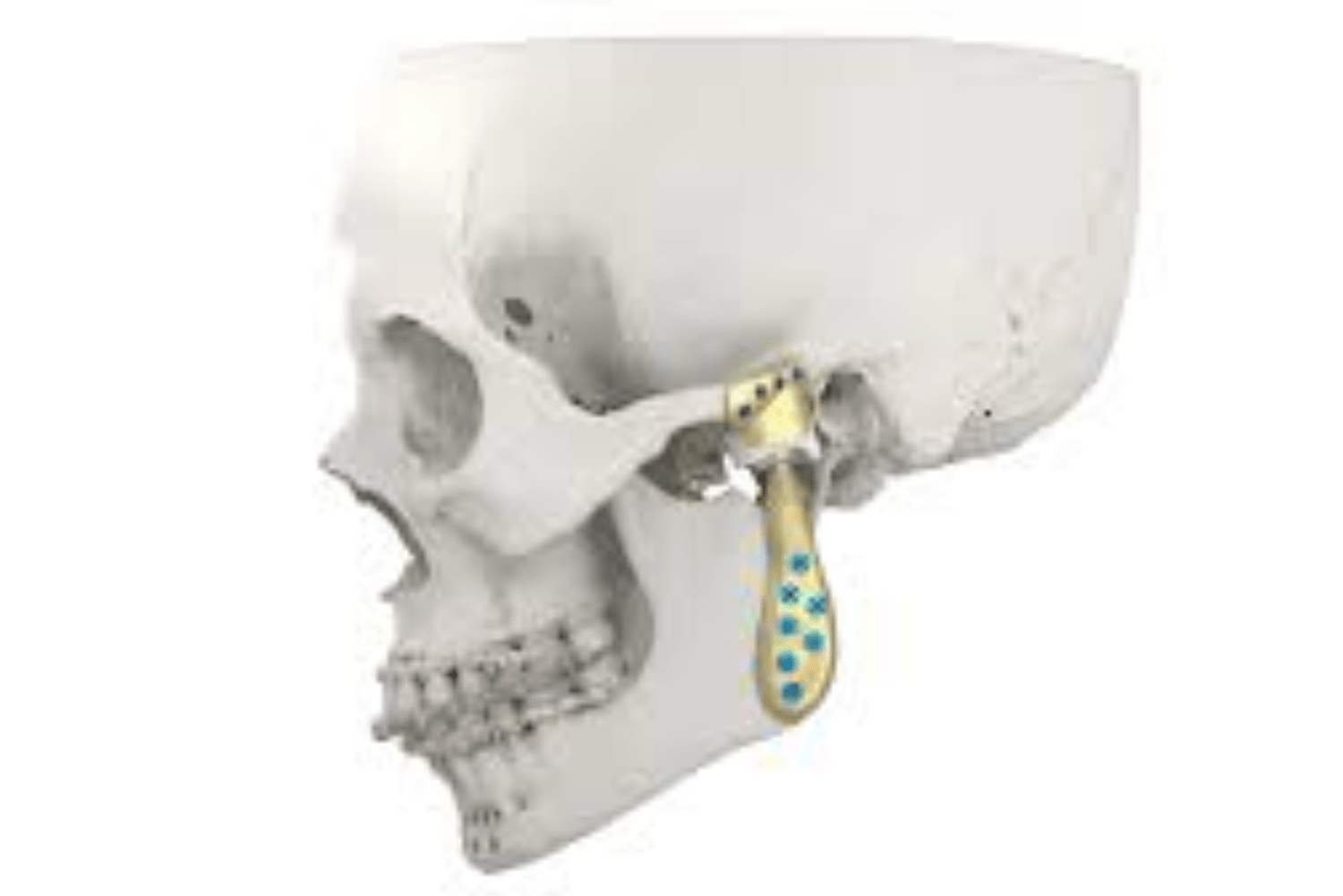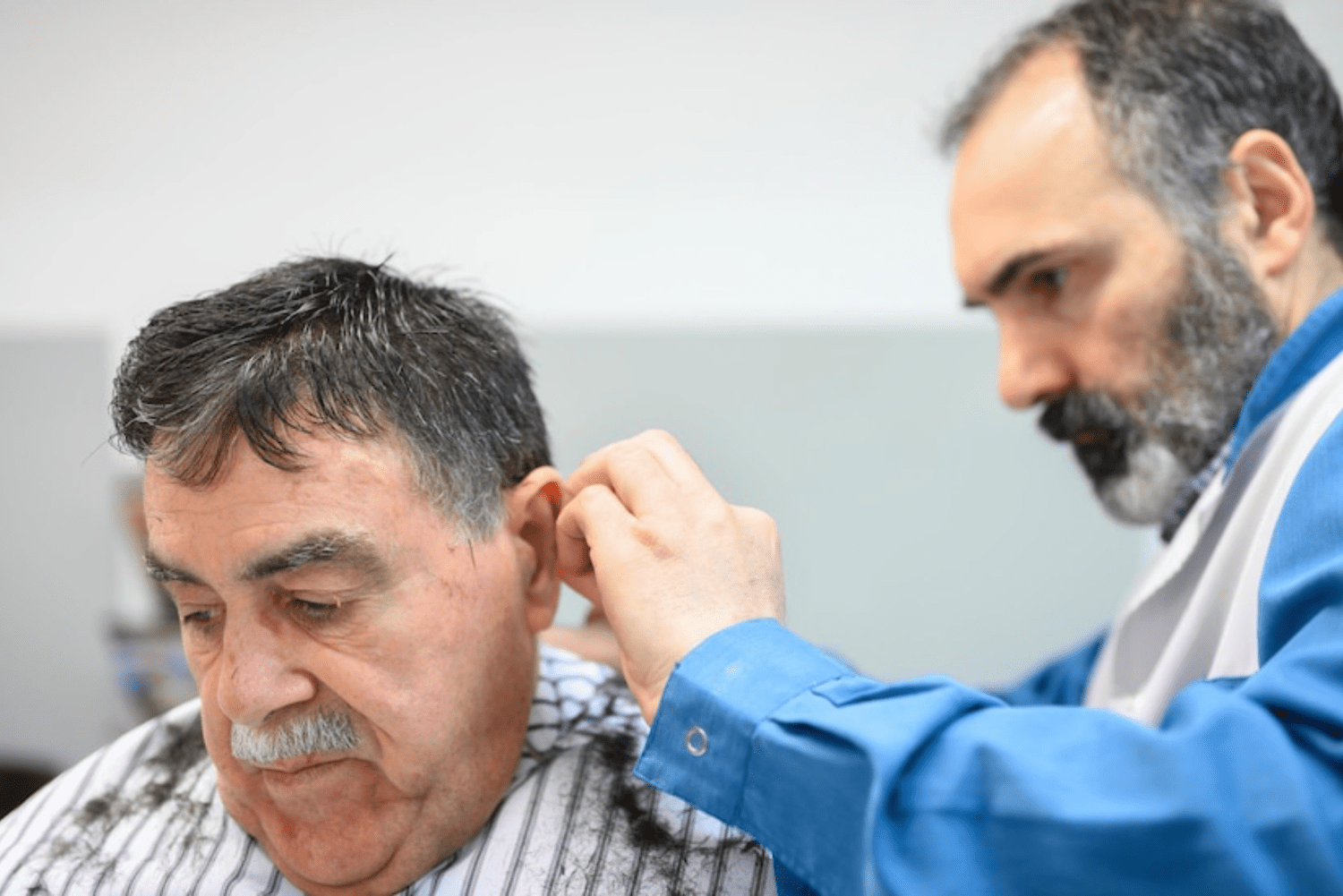A huge technological transformation has taken place in recent decades in modern facial surgery. It is largely driven by the integration of digital tools and computer-assisted systems in guiding surgeries. The role of 3D labs in modern facial surgery is significant, as the development and implementation of 3D laboratories advances facilities that harness three-dimensional imaging, printing, and modelling technologies. 3D labs have revolutionised preoperative planning, intraoperative guiding, surgical procession, time taken, patient communication, and overall treatment outcomes of facial surgeries.
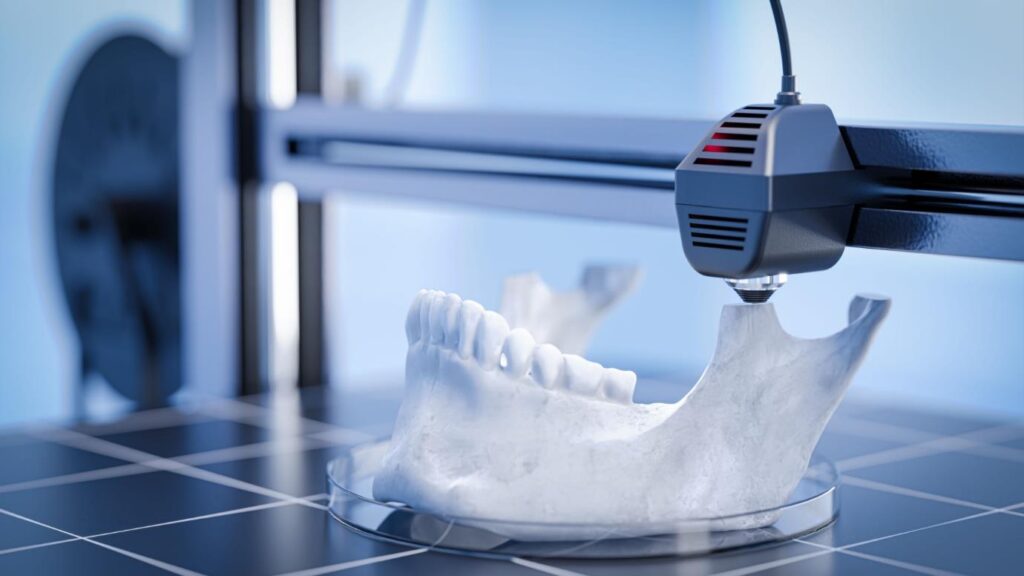
Understanding 3D Labs in Surgical Context
A 3D lab in the healthcare system is a facility fully equipped with advanced imaging software, digital scanners, 3D printers, and software systems that convert radiographic data like CT or MRI scans into detailed, workable anatomical models. The role of 3D labs in modern facial surgery involves a multidisciplinary team where surgeons, orthodontists, radiologists, and 3D printing technicians collaborate to fabricate patient-specific implants, cutting guides, and 3D models. This technology helps plan the surgery accurately and perform it efficiently, playing a major role in optimizing the surgical workflow.
Preoperative Planning
Part of the primary advantage of the 3D lab is preoperative planning. The conventional surgery involves 2D imaging technology, which limits the surgeon’s capabilities to fully visualize the complex facial structures. With the role of 3D labs in modern facial surgery, surgeons can view the patient’s anatomy from any angle, allowing a comprehensive understanding and precise surgical planning.
In orthognathic surgery, 3D modelling helps in simulating the mandibular joint position with remarkable accuracy. Exact dimensions of the cuts for each patient are planned and simulated on the 3D models, which is then fed into the software. This is a prime example of the role of 3D labs in modern facial surgery, as the software predicts the post-operative appearance and occlusion after jaw repositioning with remarkable precision.
This ensures that the functional and aesthetic outcomes for the patient are top-notch. An accurate prediction of the final outcome is available even before the surgery is performed. In cases like post-trauma or tumour resection, 3D simulation demonstrates the role of 3D labs in modern facial surgery, predicting the surgical outcome before the incision is made.

Custom Splint Design and 3D Printing
Perhaps it’s the most transformative innovation in producing custom-made splints in orthognathic surgery, which are 3D printed after the software simulates the patient. The patient is first scanned for CT or MRI of the head and neck. Then an intraoral scan is performed to simulate the exact structure and dimensions of every cusp of the teeth and the occlusion present in the patient. These two datasets are fed to the software, which overlays them. Later, the face along with the dental occlusion of the patient is simulated in three dimensions in the software. This comprehensive data is now ready to perform surgery.
The details, along with measurements of each surgical cut, are fed by the practitioner into the software, which then plans how the surgery will be performed. Afterward, the software analyzes the new position of the jaw after the designed cuts. The post-operative expected appearance of the patient’s profile is displayed. This is a clear example of the role of 3D labs in modern facial surgery, ensuring precision and predictability.
The data is thoroughly analysed by the surgeon, and a 3D splint is prepared for the new occlusion created by the software. These details are then passed on to a 3D printer, which prints the patient-specific splint. These splints are used during surgery to guide the new occlusion and jaw position. This innovation has relieved the conventional techniques of taking impressions using alginate, which is often disturbing and can trigger gag reflexes. It also avoids simulating the jaw position using messy articulators and old techniques with plaster of Paris. This is another significant role of 3D labs in modern facial surgery, improving workflow and patient comfort.
The time taken to work on a patient preoperatively for planning and production of the splint has reduced extensively from nearly 6–7 hours to about 1.5 hours, with great precision.
Surgical Guides and Navigation
3D labs are also used for producing surgical guides and navigation tools. These guides help during surgery by positioning implants and ensuring that bone cuts, drilling, or implant placement are performed exactly as planned. They are invaluable in delicate surgeries involving vital anatomical structures and nerves. This demonstrates the role of 3D labs in modern facial surgery in minimizing errors.
They are particularly helpful in tumour resection, reconstruction, and surgeries like temporomandibular joint reconstruction. Moreover, incorporating 3D labs in intraoperative navigation allows real-time tracking of surgical instruments inside the patient’s body. This helps identify major vessels and nerves and their proximity to surgical instruments, thereby avoiding damage to vital structures. This innovation reduces guesswork and ensures safety, further highlighting the role of 3D labs in modern facial surgery.
By integrating 3D labs in preoperative planning, splint design, surgical guides, and navigation, surgeons can now achieve precision, safety, and excellent aesthetic outcomes. This underscores the role of 3D labs in modern facial surgery as a game-changing advancement in the field.

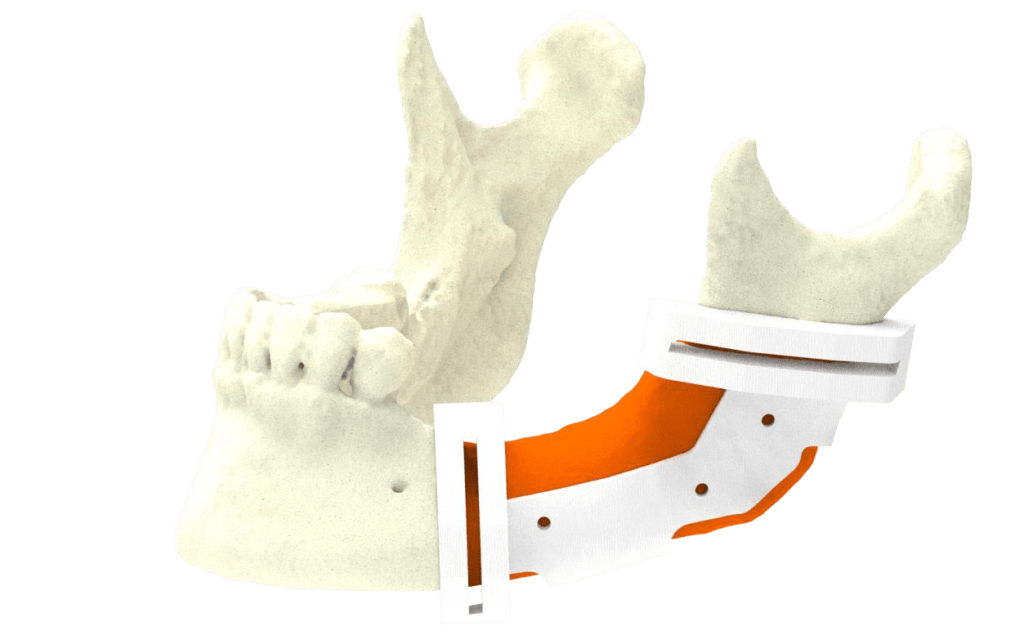
Patient Education and Communication
The 3D models have significantly enhanced the communication between surgeon and patient. The realistic explanation made by displaying the surgery on screen and by physically holding a model of their own facial defect helps in better understanding of their condition and proposed surgical method. This fosters trust in the surgeon’s plan. This clearly demonstrates the role of 3D labs in modern facial surgery in improving patient understanding and engagement.
These 3D models are an invaluable tool in educating medical residents and students in academic settings. They can study anatomy, pathology, and surgical techniques more interactively than before, thereby closing the gap between theory and practical knowledge. This highlights another key role of 3D labs in modern facial surgery in enhancing medical education and training.
Clinical Success Rates
Numerous case studies and clinical reports have demonstrated the effectiveness of 3D modelling and virtual surgical planning. Customised surgical guides and implants are 3D simulated and printed, helping achieve highly satisfactory surgical outcomes in post-traumatic reconstruction of the orbit or pan-facial trauma. The custom implants or plates with surgical guides have shown astonishing results. Patients experienced profound surgical outcomes without any neurosensory disturbances in oncological cases where jaw resection with reconstruction is planned. The role of 3D labs in modern facial surgery is particularly evident here, as they aid in planning reconstructions using fibula flaps and implants, ensuring both oral rehabilitation and optimal facial aesthetics.
Limitations of 3D Labs
Despite the immense potential of 3D labs and printing technology, they do come with certain challenges. The cost of setting up and maintaining the lab is often prohibitive for smaller setups or hospitals. The quality of the input imaging and the skill of the design team are critical factors that determine the success of a 3D lab. Additionally, there is a significant learning curve associated with the usage of this technology. Surgeons need extensive training to effectively integrate the role of 3D labs in modern facial surgery into their surgical workflow.
Future of 3D Labs and Facial Surgery
3D labs are the catalyst for a new era in the surgical field. They have undeniably transformed modern facial surgery by enhancing precision in diagnosis and treatment planning, showcasing the crucial role of 3D labs in modern facial surgery. In the future, bioprinting of tissues and bones with personalized prosthetics is expected to emerge as a new frontier. Integration with AI could further enhance the role of 3D labs in modern facial surgery, enabling automated design processes and providing surgical plan suggestions based on detailed analysis, aiding surgeons in adopting innovative surgical approaches.

